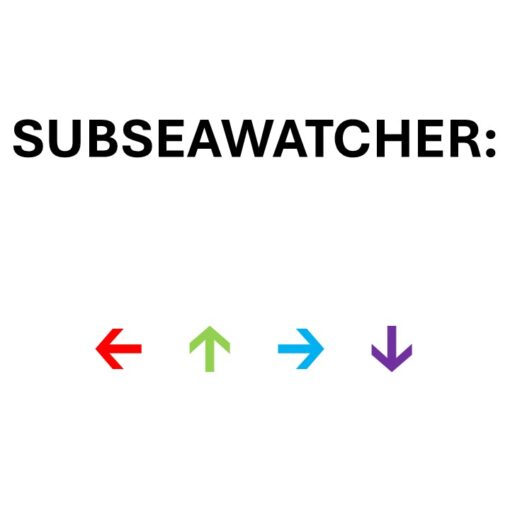LAST WEEK I came upon a review, from Journal of Petroleum Technology, of a paper written for this year’s OTC, which, of course, was not held due to the current virus pandemic. The paper, prepared by three Saipem engineers was entitled ‘Developing Technologies Can Lower Subsea Tieback Cost’ (OTC30667). I did not see the original, but I got the gist of their points which were valid and would not have raised many eyebrows.
It is now five years since I finished as editor of Subsea Engineering News and while I am not as totally up-to-date on technology developments as I was when I was working fulltime and publishing SEN twice a month, I do not think I have missed much. And that is the point. In the last five years, there has not been much advance in new, or in the parlance of the day ‘blue sky’, thinking on the subsea front.
This is not to say that there have been no new ideas. Probably the most notable is the prospect of power for subsea systems coming from floating wind turbines. This is most interesting in the context of the ‘carbon footprint’ of a development. There are other ideas as well that have been floating around for a few years. This includes a triumvirate of systems – all-electric subsea systems including xmas trees and controls which calls for redesigned umbilicals of a reduced size, but which requires subsea chemical storage. Add to this, a minor technology leap for refilling the storage tanks from some sort of dynamically-positioned vessel – maybe a stretch in very deep waters – and you can see where things might go.
But none of this latter grouping as happened in any concerted way, eg the OneSubsea-cum-Cameron electric trees installed in Dutch waters by Total have had no followup. This is not to say there won’t be more, BUT it may yet take some time for an operator to take the plunge. Just consider the timeframes of all of the subsea processing technologies and you can see frustration building again.
Just to square the circle, the Saipem trio concluded with a few salient points with CAPEX at the heart of most: money could be saved by installing a seabed pumping system rather than a conventional pipeline loop; distributed heating could also offer savings on long-distance tiebacks by simplifying procedures, notably during shutdowns; and seabed treatment of water for injection makes more sense when there are space constraints on host facilities.
We are still awaiting for the next great technology. Excite me.
********************************
ESPS (electric submersible pumps) are hardly new technology, although at one time they were seen as a significant way of boosting flow at the heart of the well before gas percolated out of the wellstream. There was always, though. the reliability issue. If I remember correctly, three months was seen as the optimum MTTF before replacement would be needed. Back in the day, Shell UK Expro challenged one of the esp manufacturers – can not remember who that was – with financial incentives to get an esp to run for a year without failure for one of the Gannet (D?) subsea satellites.
Hurricane Energy which is running a two-well early production system at the Lancaster field, west of the Shetlands, has esps in the wells. So I thought I would ask about who was the supplier, expected run time, et al. Nada. Not willing to say anything. Too bad. I am sure that many in the industry would like to know about improved reliability of this equipment and who is supplying it. I would be happy to the purveyor of this information if anyone is willing to supply it.
*******************************
I have been contributing to the North Sea Reporter newsletter, edited by my friend Meg Leitch, for several years now. In the past it has been a few times a year, but more stories recently. I have to say that most of the oil and gas publications these days are pretty dull. Upstream remains the acme, but who has the time to wade through 48 to 64 pages of stories looking for the few items of interest. I will be contributing to NSR on a more regular basis – but not to interfere with this blog – as will former Upstream editor Mark Hillier. It might be worth a look. Assuredly you can get a few sample copies to see if you think it is worth your while and your money.




